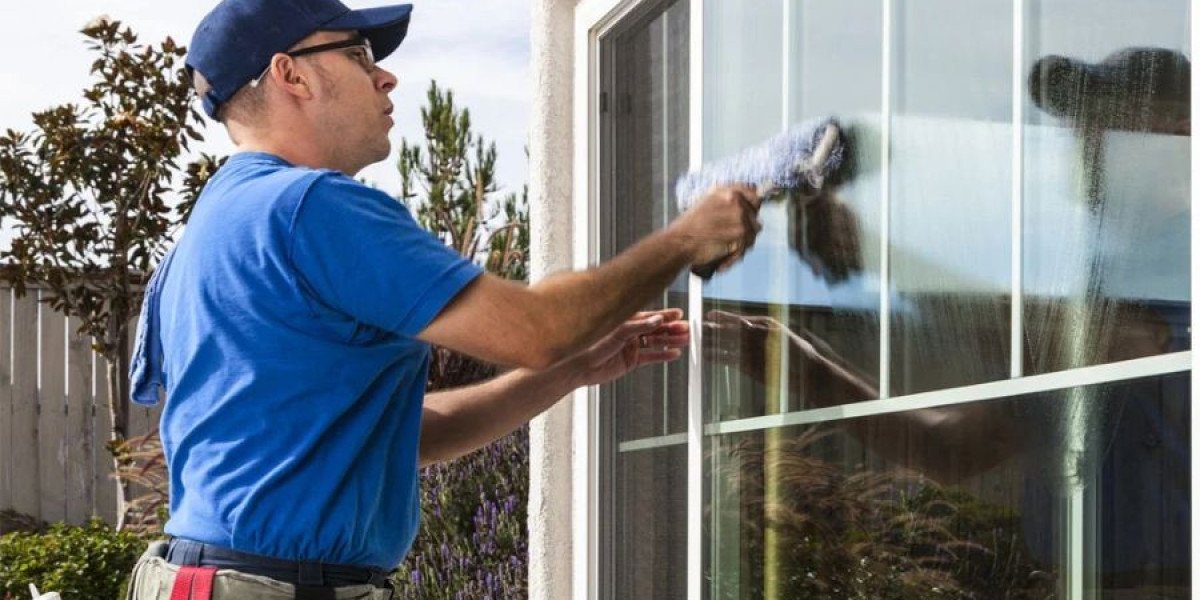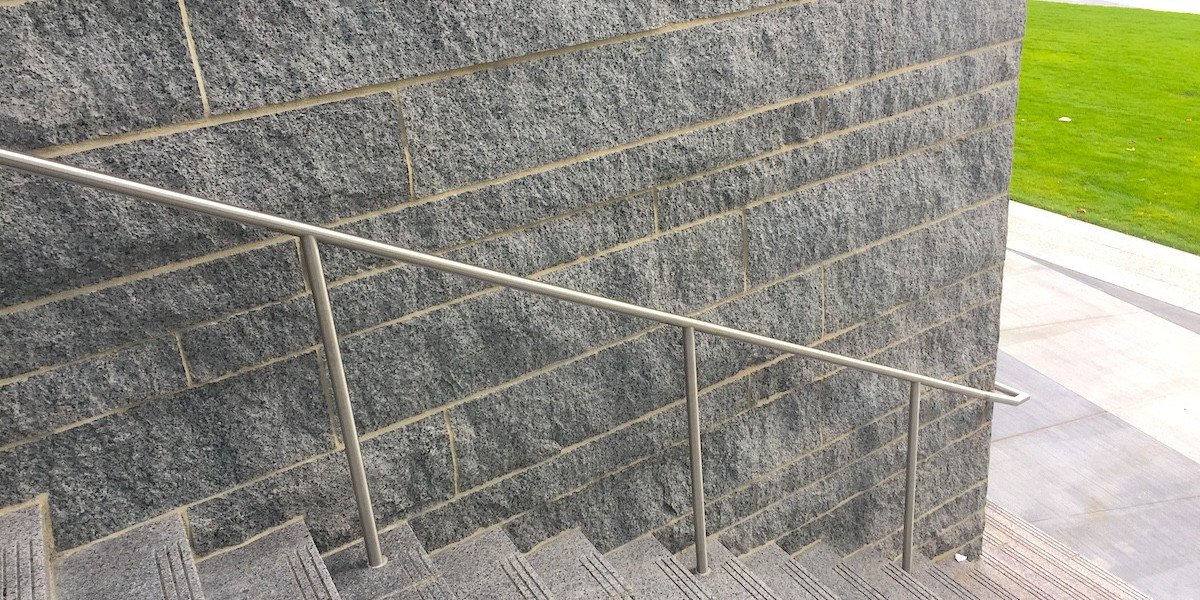In addition to enhancing the aesthetic appeal of your residence or business, clean windows offer numerous functional advantages, including the ability to access more natural light and a clearer view of the outdoors.
Nevertheless, cleaning outdoor windows can be a difficult task, particularly if the windows are located in difficult-to-reach areas or on upper floors. It is imperative to prioritize safety when cleaning outdoor windows in order to prevent accidents and injuries.
In this section, we will offer advice and methods for the safe and efficient cleaning of outdoor windows, ensuring that you can appreciate the beauty of your windows without compromising the safety of yourself or others.
What Should You Know Before Cleaning Outside Windows?
To avoid mishaps, check the weather and choose a quiet, cloudy day before you begin. Next, assemble all of the necessary cleaning items, including:
A bucket
A squeegee
A scrubber
Cleaning Solution
Finally, make sure you have the necessary equipment, such as a strong ladder or extension pole, to reach all of the windows safely and effectively.
How to Wash Outside Windows in Simple 5 Steps?
Washing outdoor windows can be done with or without a ladder, depending on their height and accessibility. Follow these five steps to learn how to clean your outdoor windows efficiently and safely, with or without a ladder.
1. Spray down windows with a hose
The first step in cleaning your outside windows is to spray them down with a hose with an adjustable nozzle. Using the hose, spray the windows and any surrounding areas to remove dirt and debris. Spraying down your exterior windows with an adjustable hose lets you to increase the pressure and remove dirt and grime from hard-to-reach spots within and around them.
2. Soak the sponge or brush in soapy water
Soak a sponge or brush in hot soapy water before beginning to clean your exterior windows. First, fill a bucket with hot water. The water should be hot enough to dissolve the soap without burning or damaging your skin.
Next, add your favorite cleaning solution to the water. Dish soap is an inexpensive option for outdoor window washing because it is gentle on glass and can easily remove dirt and grime. If you prefer a natural treatment, combine equal parts white vinegar and water.
After you've added your cleaning solution to the water, swirl it thoroughly to distribute it evenly. Next, dip your sponge or brush into the soapy water and let it soak for a few seconds to absorb the liquid.
Finally, remove the sponge from the water after completely soaking it in the soap solution and wring out any leftover water. The sponge should be damp but not soaking wet.
3. Scrub windows
After wetting your sponge or brush in hot soapy water, begin washing your windows. If you don't have a ladder, you can use an extension pole to reach high windows.
Start by attaching your sponge or brush to the end of the extension pole. Next, scrape the window from top to bottom. Washing windows from top to bottom prevents dirty water from dripping onto freshly cleaned surfaces.
Scrub the glass in a circular motion, paying special attention to tough dirt and grime. Rinse your brush or sponge frequently with soapy water to keep it clean and effective throughout the window-cleaning procedure.
4. Rinse windows
After you've completed scrubbing your exterior windows, be sure to completely rinse them. Rinsing them with your hose will remove any traces of soap and debris, leaving your windows streak and residue-free.
To rinse your windows, use a mild stream of water from your hose. Cover all areas of the window, including the corners and edges, to remove any remaining dirt and soap.
After rinsing your windows, take a step back to ensure that no spots require additional cleaning. If you see any streaks or spots, use a brush or sponge to clean them. After spot cleaning, rinse the window again to remove any remaining soap or grime.
5. Dry windows
Once you've finished cleaning your windows, it's time to dry them. The ideal way to dry your windows is with a squeegee, but if you don't have one, a newspaper can work just as well.
If you have a squeegee, use it to remove any remaining water on the glass. Begin at the top of the glass and bring the squeegee straight down, wiping the blade clean after each pass. Continue working along the glass, applying strong but moderate pressure to remove excess water and achieve a streak-free finish.
Alternatively, you can dry your windows with newspaper. To do so, crumple a piece of newspaper and wipe it against the glass in a circular motion. Wiping the window in a circular motion can help absorb any remaining water and leave a clear finish.
Tips for Cleaning Windows and Glass
Streaks may be left behind if your cloth contains any laundry detergent or other residue. That is why it is imperative to refrain from laundering your cleaning linens with those that are intended for cleaning the car or other greasy tasks.
Lint and residue are left behind by paper towels and cloths, which is why they are not a suitable choice for window cleaning. Instead, select a microfiber cloth or lint-free rag to use with your DIY window cleaner in order to eliminate streaks and obtain a clear, shiny finish.
Alternatively, a squeegee may be employed to clear exterior windows.








